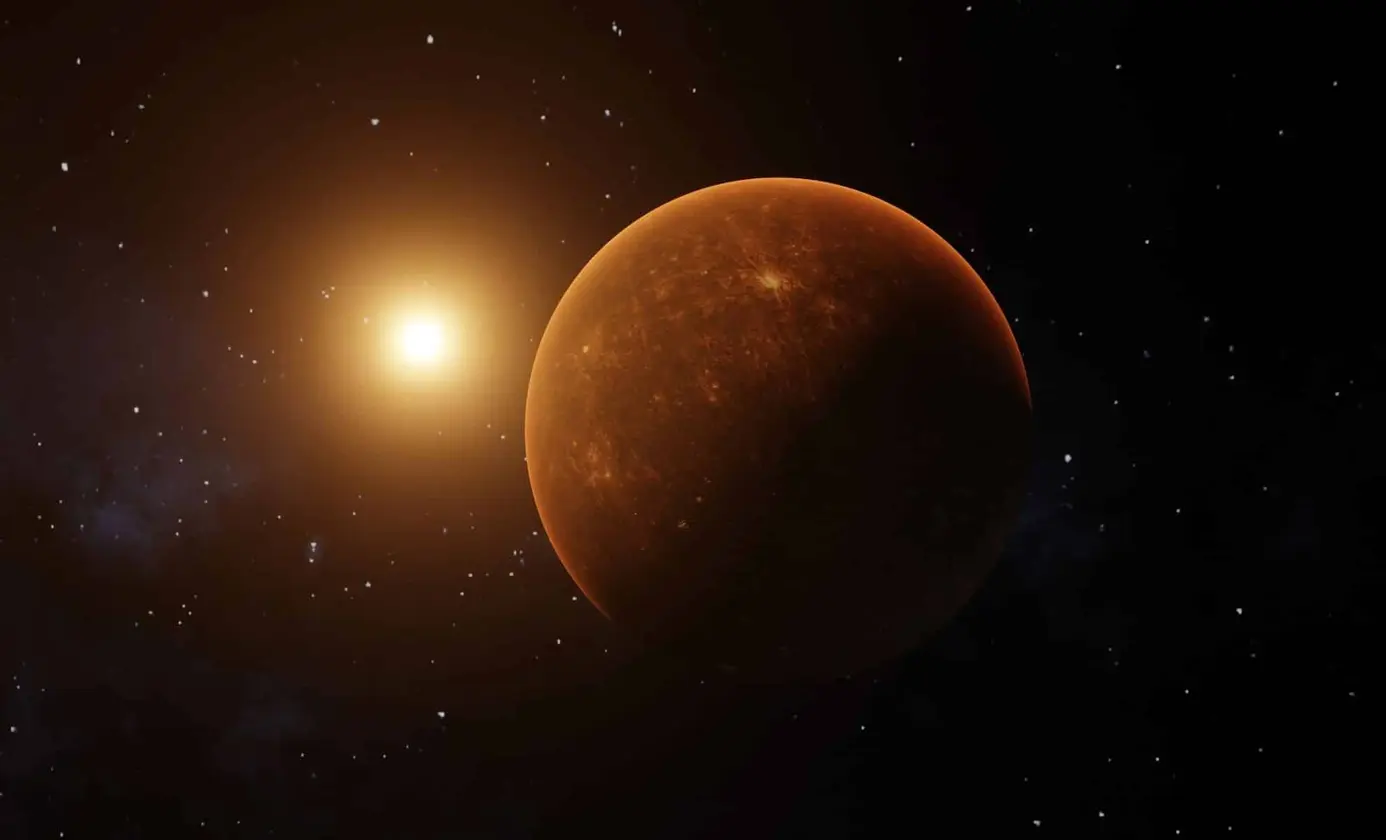T4K3.news
Researchers recreate universe's first molecules
New study reveals insights into early star formation and helium chemistry.
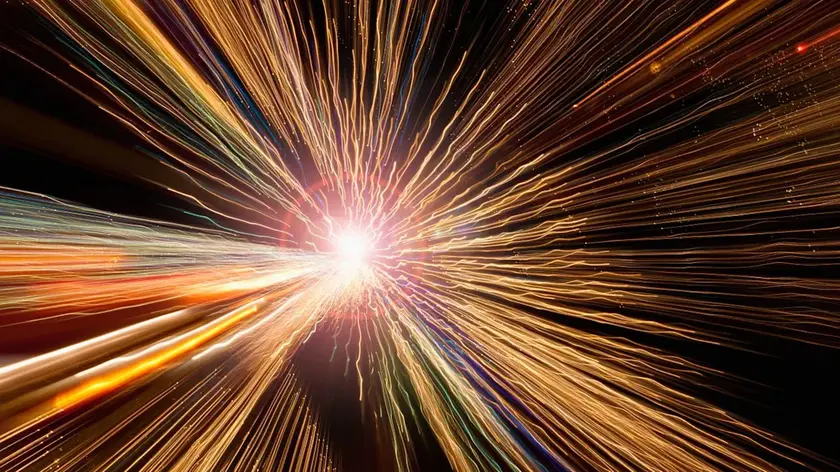
This new research sheds light on early star formation and changes perspectives on helium chemistry.
Scientists recreate universe's first molecules challenging our early cosmic understanding
For the first time, researchers have successfully recreated the universe's initial molecules to study star formation. The study, published on July 24 in Astronomy and Astrophysics, reveals that helium hydride ions, or HeH+, may have played a vital role in creating the first stars, contradicting previous assumptions about their importance. This ion was crucial for forming molecular hydrogen, the most abundant molecule in the universe, and is believed to have facilitated early star fusion processes even at lower temperatures than previously thought. Researchers found that reaction rates between helium hydride ions and other particles remain effective below expected temperatures, leading to a significant reinterpretation of early cosmic chemistry.
Key Takeaways
"Previous theories predicted a significant decrease in the reaction probability at low temperatures."
Holger Kreckel highlights the contradiction of old theories with new findings about helium hydride ions.
"Reactions between the ions and other atoms appear to have been far more important than previously assumed."
Kreckel emphasizes the new significance of helium hydride ions in early cosmic chemistry.
The recent findings highlight a critical shift in our understanding of the early universe. By revealing the importance of helium hydride ions, researchers are encouraging a reevaluation of how stars formed soon after the Big Bang. This insight opens doors to further investigations into the fundamental processes that shaped the cosmos, suggesting that astrophysics is still uncovering layers of complexity in the universe's history. The implications for future research are significant, promising richer models of star formation and the chemical evolution of the cosmos.
Highlights
- Helium hydride ions may redefine our view of cosmic chemistry.
- This breakthrough opens new doors in understanding the universe.
- Physics is rethinking how stars came to be in the early cosmos.
- New findings defy long-held expectations about star formation.
Potential controversy in cosmic research
The new insights challenge established theories, which may evoke skepticism in the scientific community.
This breakthrough invites further studies into the ancient cosmos and its formation.
Enjoyed this? Let your friends know!
Related News

New studies explore sunlight benefits for health

New GLP-1 rival eyed for safer weight loss
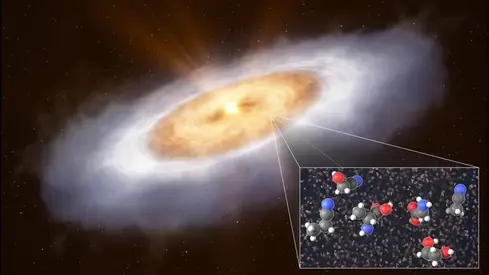
Scientists find building blocks for life near baby star
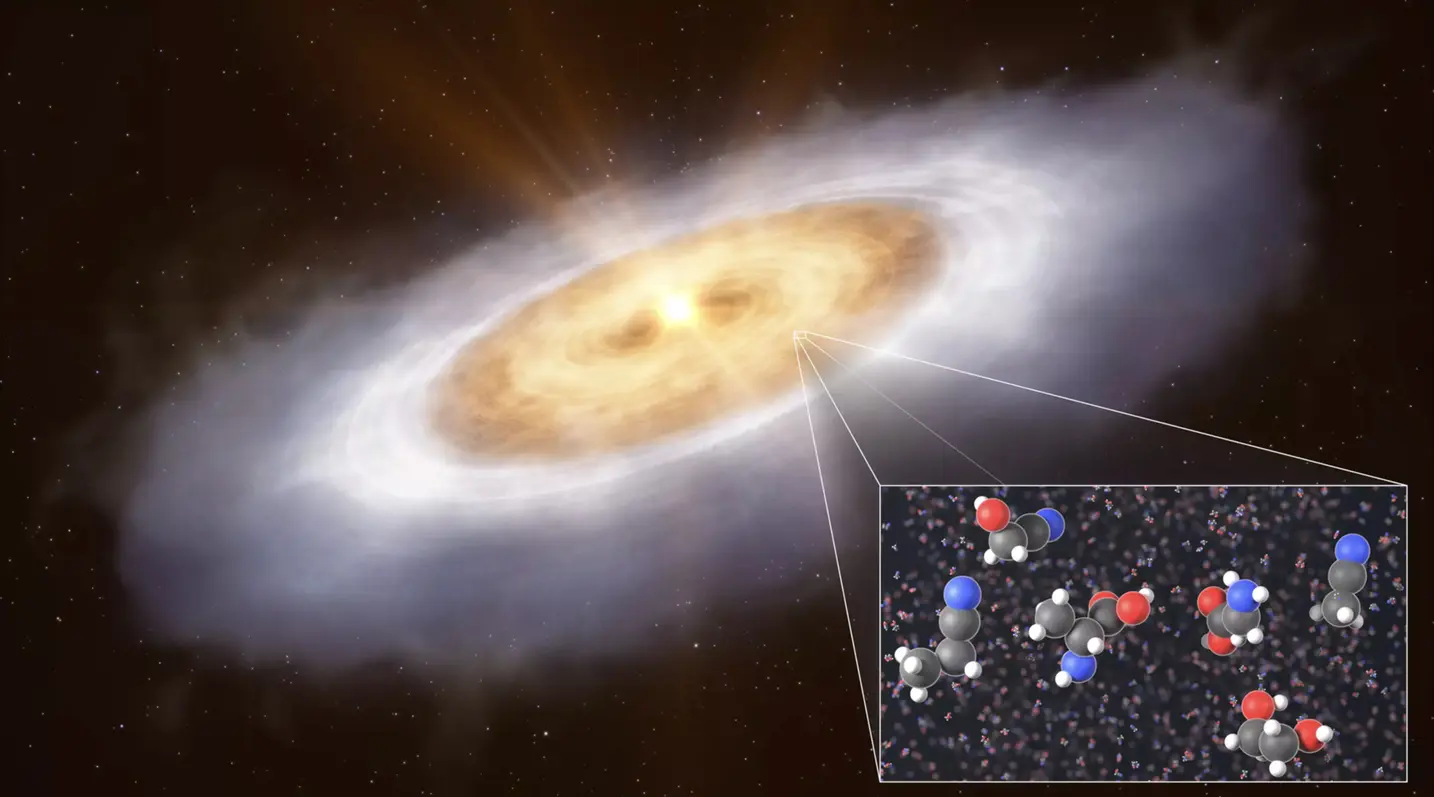
Discovery of Life-Linked Molecules in Space Confirmed
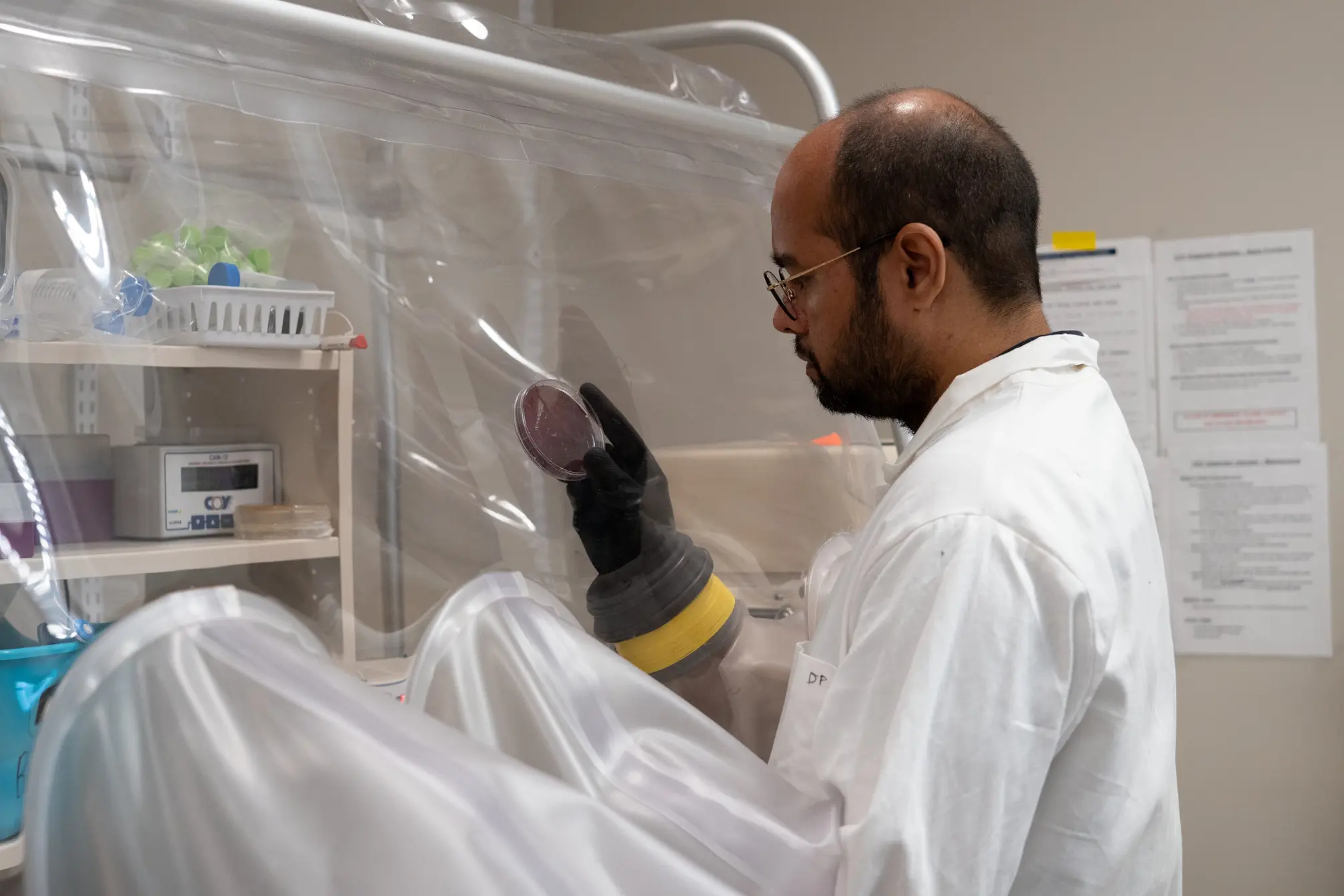
Gut bacteria digest common thickeners

Ancient artifacts reveal Earth's magnetic history

Creatine Gummies Under Scrutiny

Ancient Thai site reveals early betel nut use
